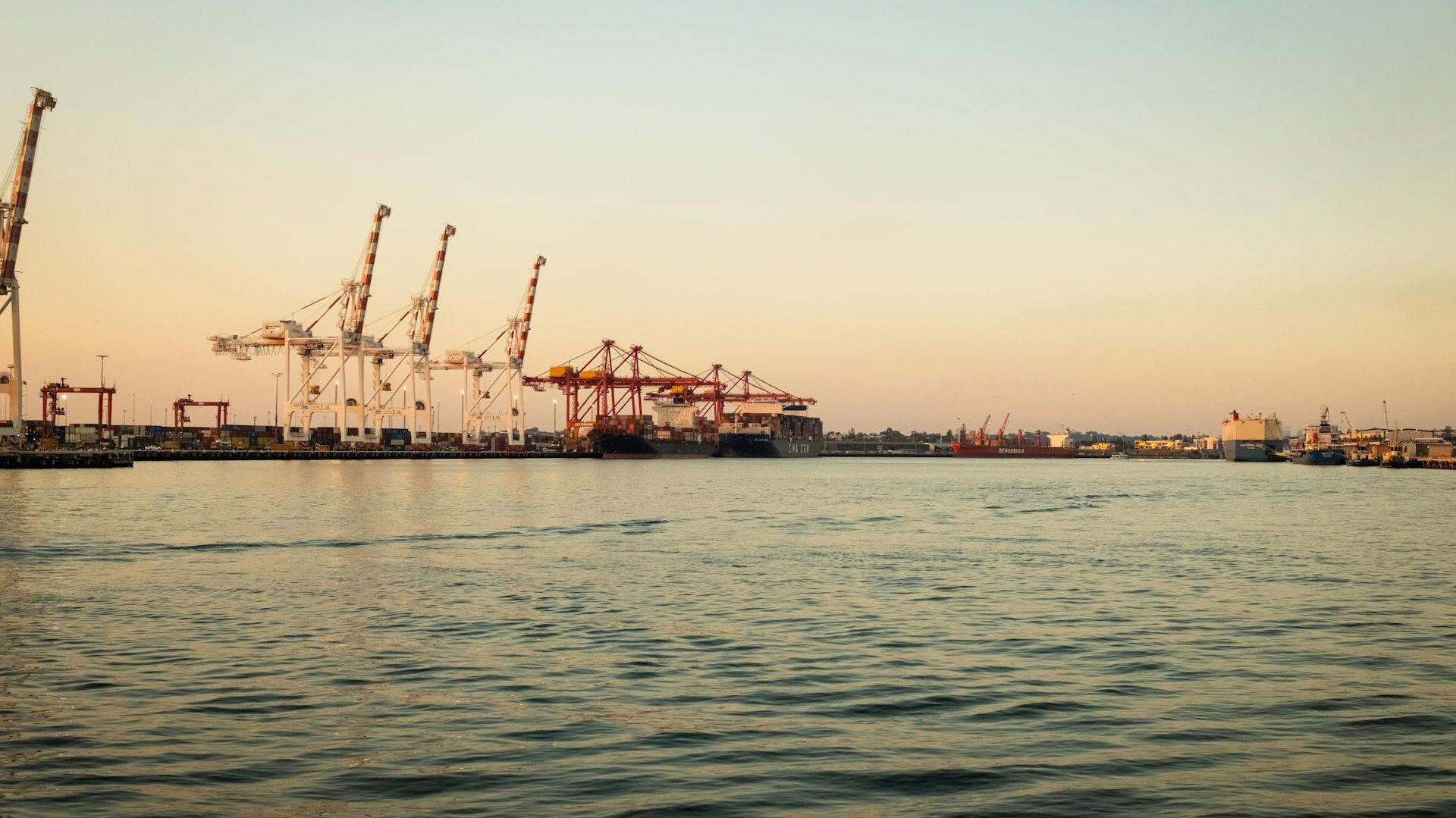
A Tactical Pause in a High-Stakes Conflict
On May 12, 2025, the U.S. and China jointly announced a 90-day mutual tariff rollback, offering a temporary reprieve in what had become a punishing trade environment. This de-escalation followed months of tariff escalations that culminated in the U.S. imposing a peak 145% combined tariff on Chinese imports by April 10, 2025. For many U.S. importers, this rate was not just burdensome—it was paralyzing.
This truce resets those tariffs to a combined 30%, comprised of:
- A 20% fentanyl-related enforcement penalty, and
- A 10% baseline tariff that predated the most recent trade conflict.
China’s retaliation scaled back accordingly, reducing tariffs on U.S. exports from 125% to 10%, impacting agriculture, machinery, electronics, and other industrial sectors.
The rollback is temporary. Both governments have retained full authority to reinstate prior tariff levels after the 90-day window. This is not a resolution—it’s a hedgeable delay. A lesser evil, for now.
Logistics Whiplash and the Supply Chain Scramble
Tariff relief triggered immediate and predictable behavior across the supply chain. Importers who had shelved orders at the 145% rate are now scrambling to rebook shipments, and freight networks are absorbing the surge with visible strain.
- Container space out of China tightened within days of the announcement. Bookings that had slowed dramatically in April were suddenly reactivated—often with greater urgency and volume.
- Ocean freight rates are rising, particularly on spot contracts. Capacity for June sailings is limited, and carriers are repositioning vessels to absorb the demand.
- Port congestion is projected to build, especially on the U.S. West Coast. Inbound volume from China is rebounding rapidly. Drayage capacity will feel pressure, and chassis will be scarce.
- Smaller or irregular-volume importers are at higher risk of delays, with capacity prioritized for contract shippers and those who moved quickly.
This is a compressed demand cycle, not a standard seasonal peak. It brings with it the same risks: rate volatility, booking conflicts, inland delays, and customs congestion. For many importers, the cost of waiting now outweighs the cost of moving—even with higher freight rates.
The takeaway: there’s opportunity here, but execution speed and planning discipline will determine who actually benefits.
Strategic Implications for Importers
This rollback doesn’t return tariffs to pre-trade-war levels. It resets them to twice what they were before, but less than one-third of what they became in April. For many companies, that’s the difference between paralysis and progress.
At 30%, many goods that were priced out at 145% are back on the table. That includes high-volume SKUs in electronics, apparel, tools, packaging materials, and more. Importers are reassessing landed cost models, recalculating duty exposure, and sequencing inventory priorities with this new (temporary) structure in mind.
The time to act is now—but not blindly.
Well-prepared importers are:
- Revising product-level margin thresholds with 30% duties modeled in
- Using this window to accelerate critical shipments before potential re-escalation
- Engaging customs brokers and trade attorneys to reclassify goods where valid
- Running scenario plans to determine whether to pull future orders forward
This isn’t opportunism—it’s discipline. The current rate isn’t favorable—it’s simply less devastating, and possibly short-lived.
What Comes Next—and What to Do About It
This truce is explicitly provisional. Both sides have stated that tariffs may return in full if either fails to meet its obligations.
- Importers who bank on long-term tariff relief may be exposed
- Exporters who delay re-engagement risk missing a volume opportunity
This 90-day period should be seen for what it is: a tactical window to stabilize operations, move constrained cargo, and regain customer confidence—without assuming policy certainty.
It’s also an opportunity to:
- Audit and fortify supply chain flexibility
- Pressure-test vendor and carrier responsiveness
- Review contract terms for shipment timing, price adjustability, and volume guarantees
Every shipment moved under this window is a hedge against future volatility. Every delay is a gamble that this détente becomes durable—which, if history is any guide, is anything but guaranteed.
What We’re Doing—and What You Might Consider
At Dedola Global Logistics, we responded to the announcement within 48 hours—helping clients reprioritize SKUs, optimize documentation, re-forecast delivery timelines, and lock in capacity while it was still available.
We’re not promising rate insulation or miracle capacity. What we’re offering is clarity:
- What’s possible under the current terms
- How to quantify the cost of delay
- Where to look for flexibility without risk escalation
If you haven’t yet recalculated your exposure—or haven’t reviewed what’s now viable to move—this is the time to do it.
Talk to someone who can help you map out the trade-offs. No pressure, just perspective.


Contact Us


